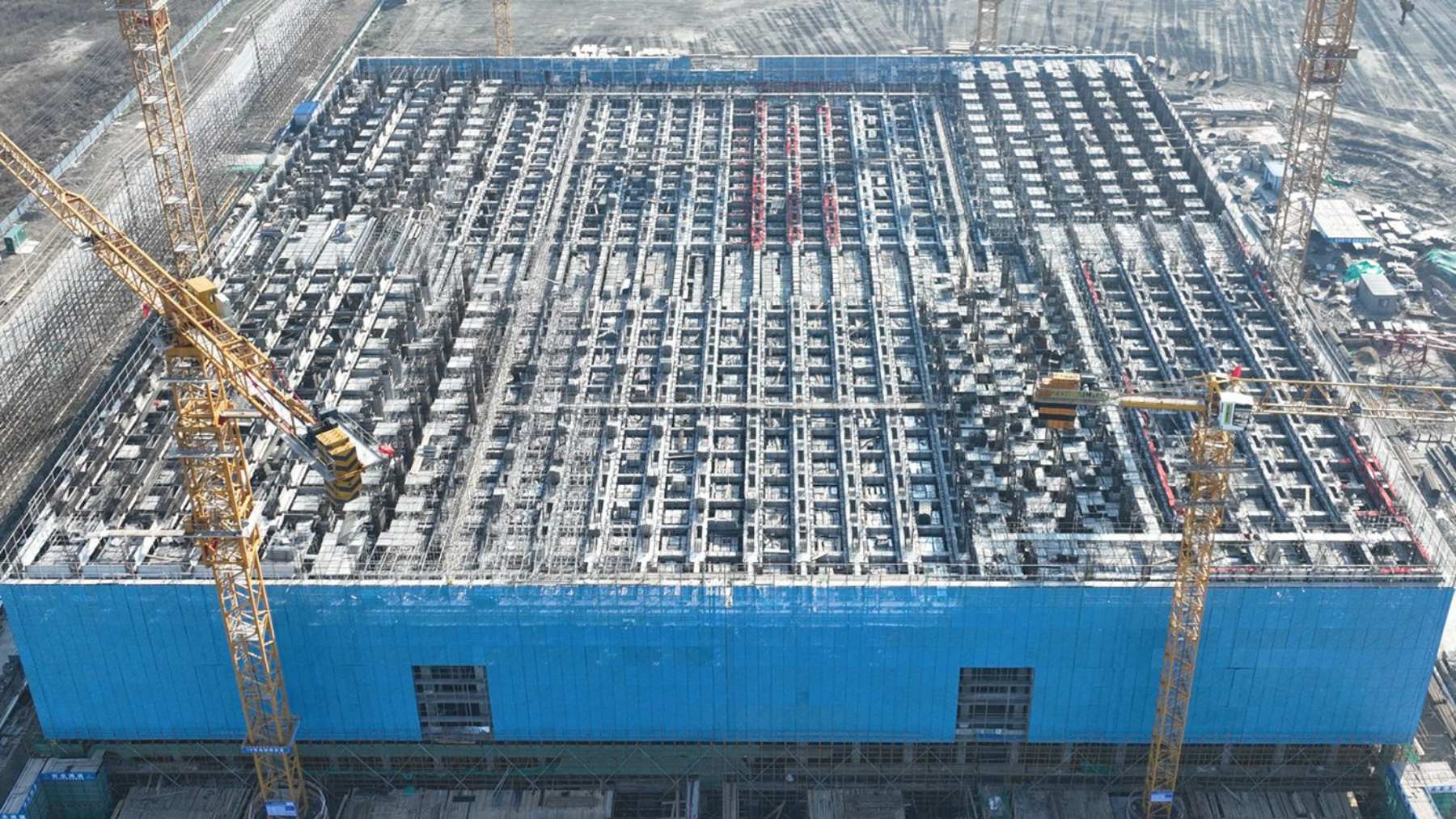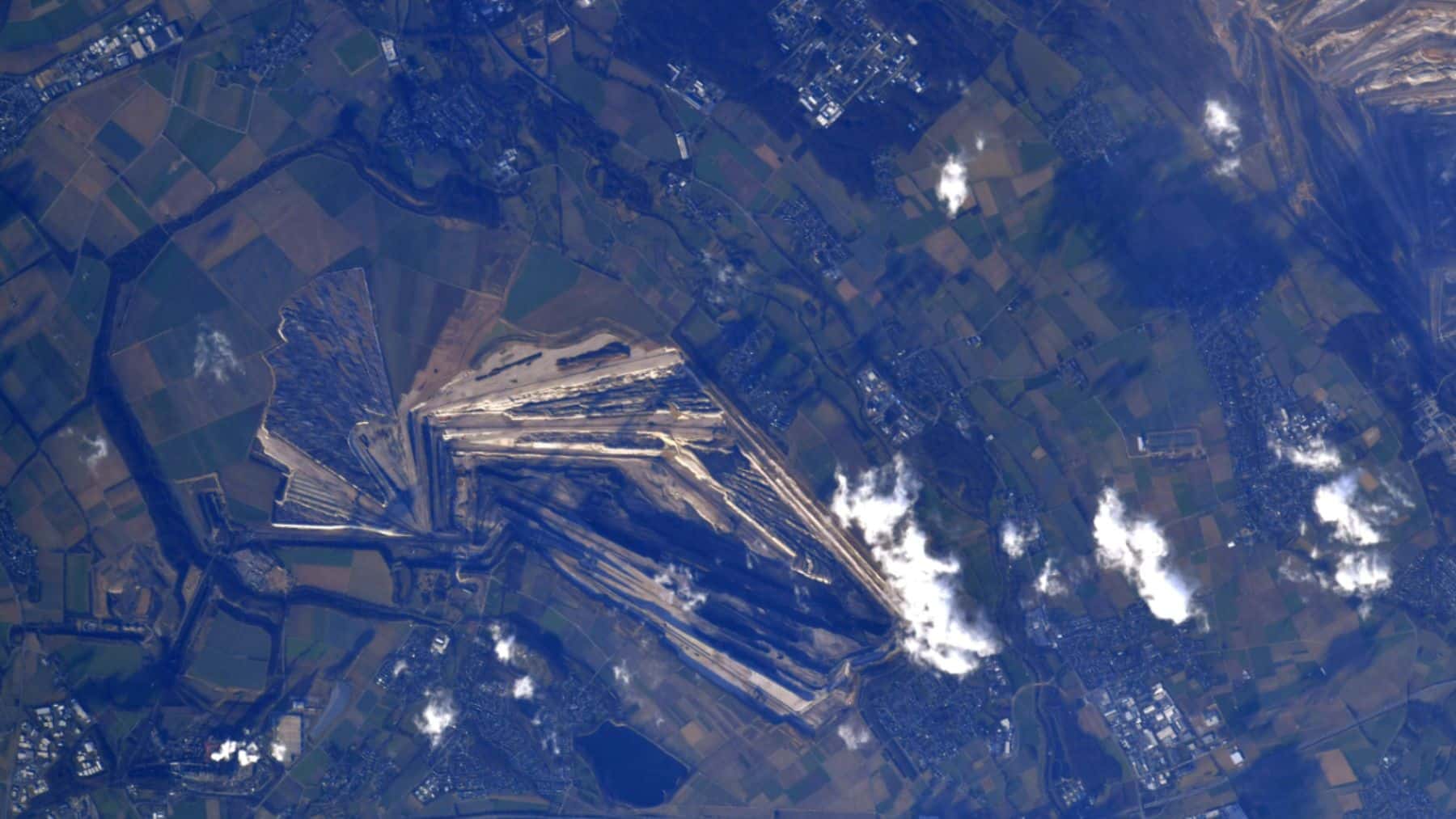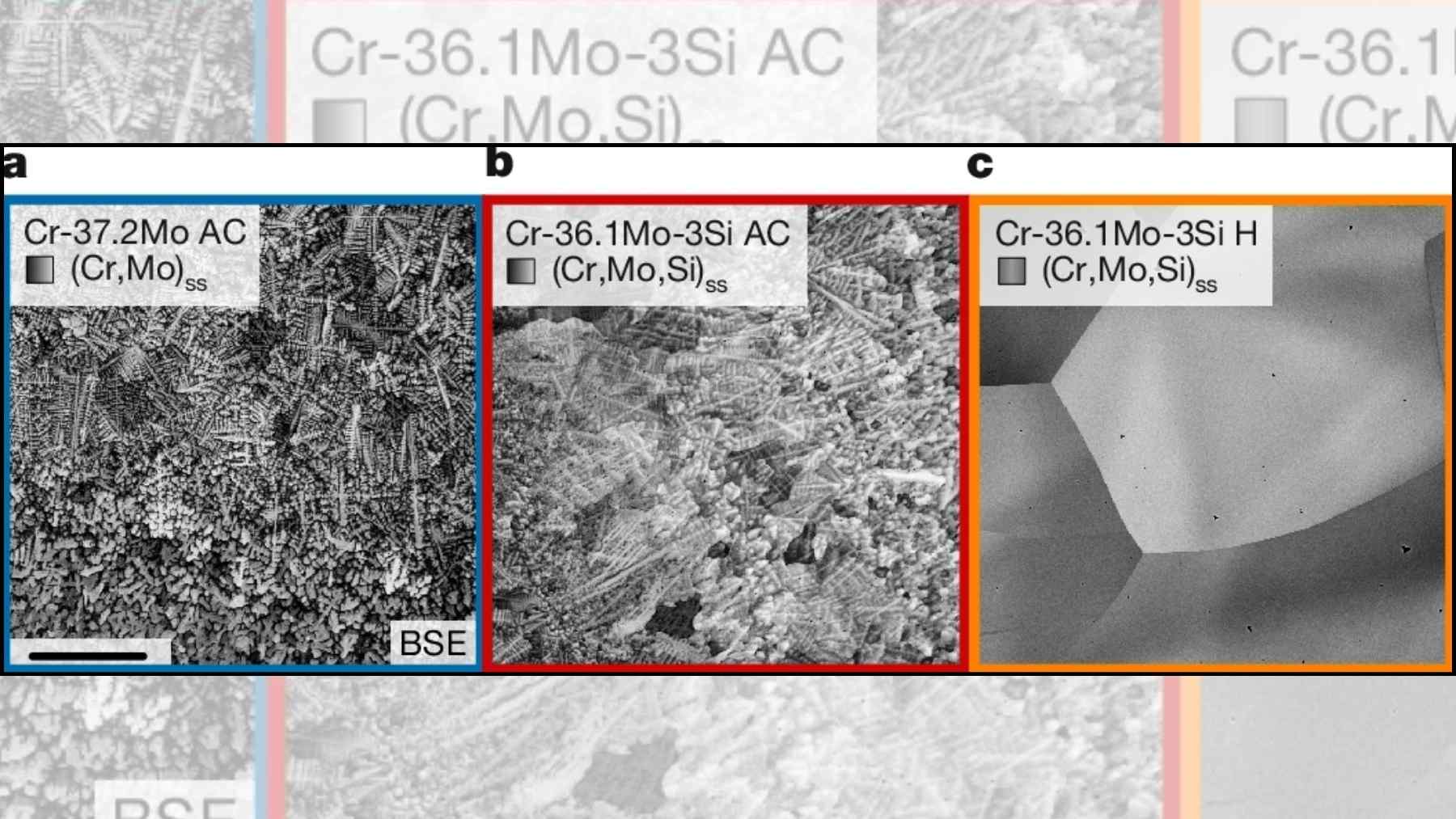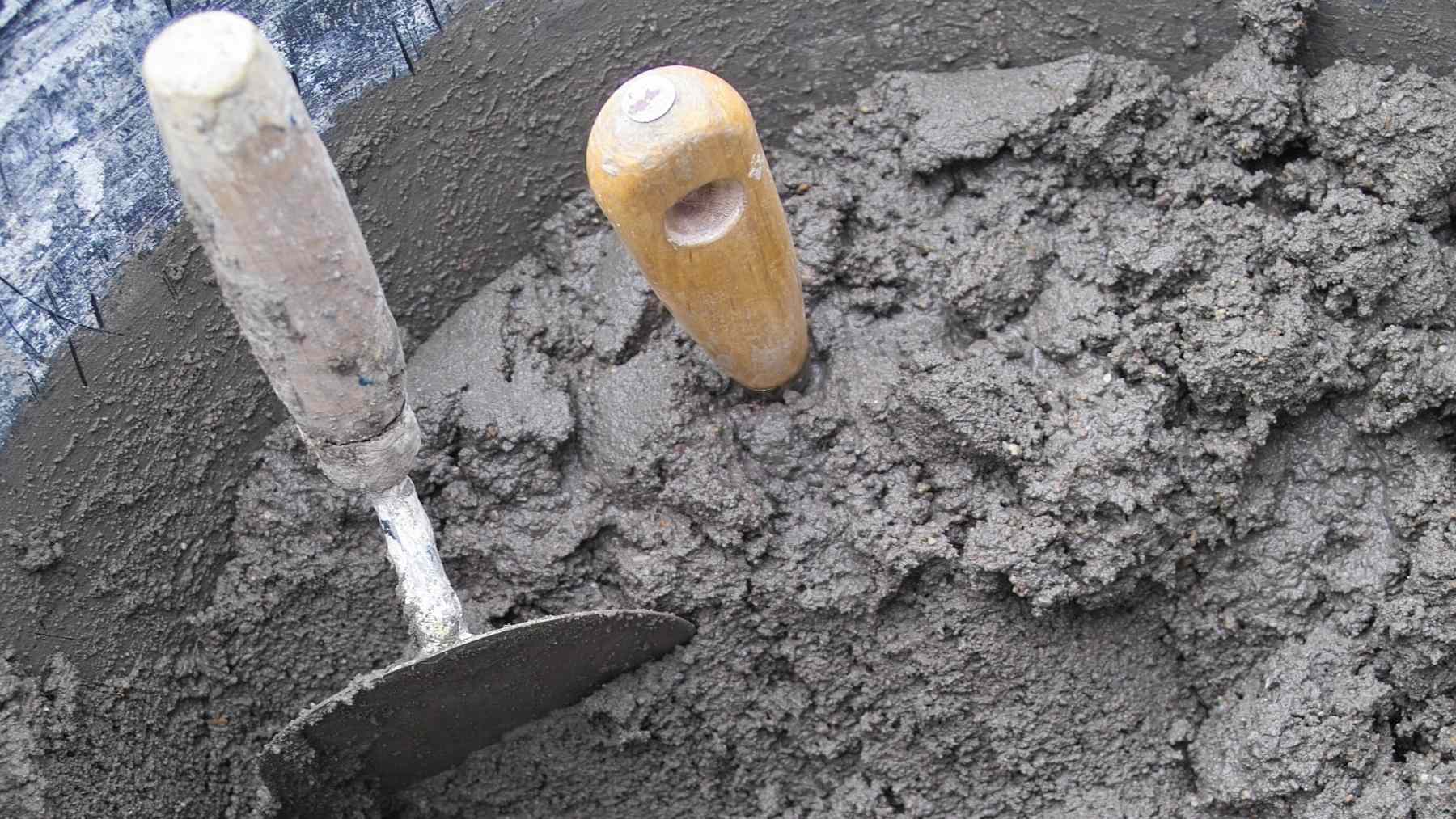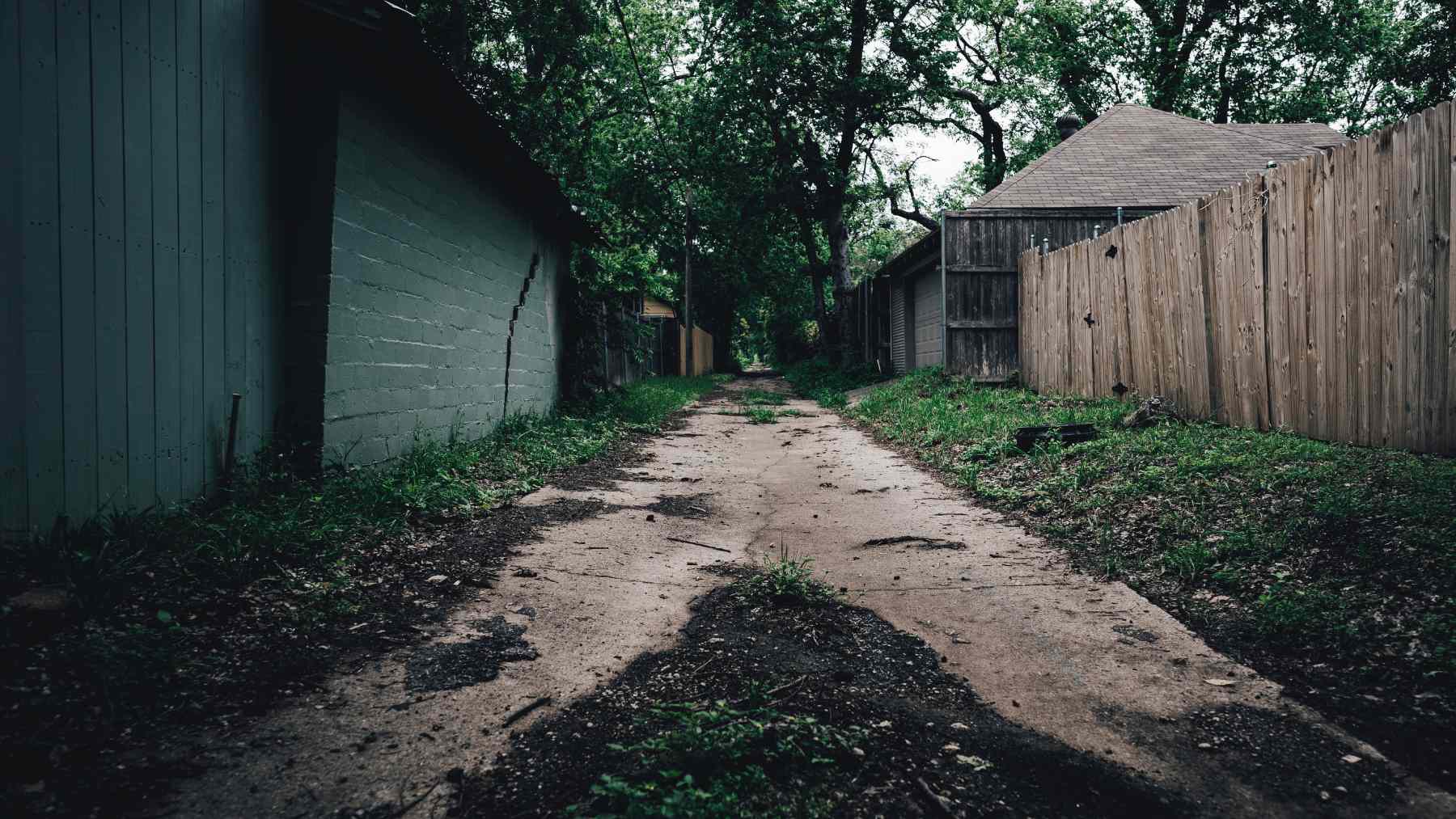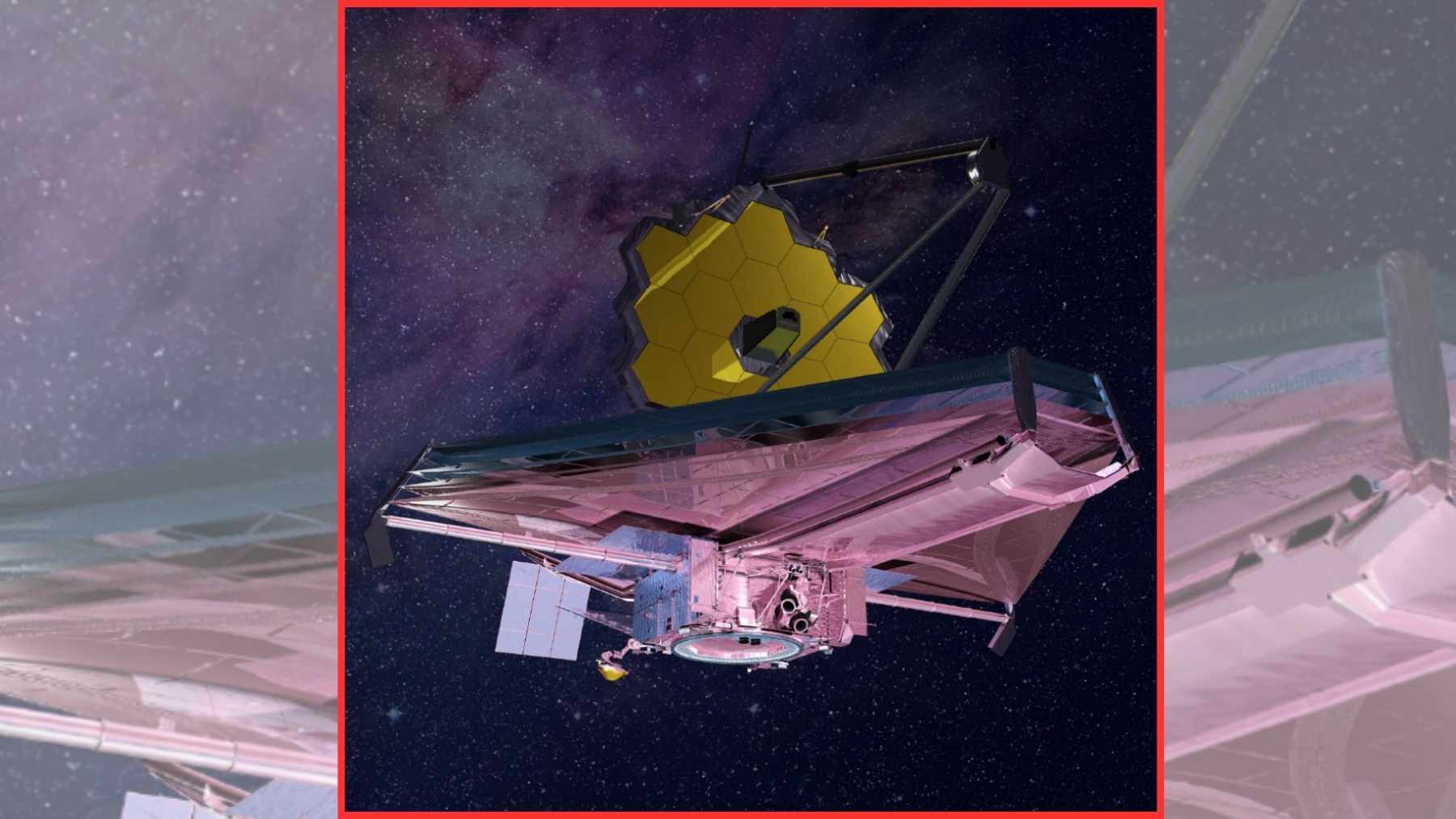Imagine relying on wind to power your computer or sunlight to keep your hospital running at night instead of a battery system… This is the kind of challenge the world faces today. The main question we ask ourselves is how to store renewable energy reliably, cleanly, and sustainably. And as the race for a more sustainable future intensifies, the answer may not lie in a laboratory full of lithium or a new superconducting metal alloy. In fact, it lies in something much simpler and, at the same time, monumental: a gravity battery.
The clean energy race has a dirty secret — and it’s made of lithium
Solar panels and wind turbines are spreading across the world; that’s a fact we all know. But, as anyone who’s ever tried to dry clothes on a cloudy day knows, the sun and wind don’t always cooperate. Sometimes there’s plenty of energy, other times there’s not enough… so how do we keep the lights on? This is where batteries, or rather, the battery wars, come in.
Today, the most widely used systems for large-scale energy storage are lithium-ion batteries, the same ones that power our cell phones, electric cars, and laptops. They work well, but up to a point. Beyond that, they’re expensive, require rare earth metals, degrade over time, and generate an extraction chain that can be as polluting as the very carbon we’re trying to eliminate. And what’s more, over 70% of global lithium battery production is concentrated in China. This creates not only commercial dependence but also a strategic vulnerability for countries seeking energy autonomy.
Forget lithium: China just built a 40-story battery powered by gravity
And thinking of an alternative, the idea came to mind: instead of storing electricity in chemical cells, why don’t we use height? Well, the logic is almost childish in its simplicity. Basically, you lift a giant block when there’s excess energy, and when demand increases, just let it come down. In other words, the energy from the fall turns back into electricity.
This concept is called a gravity battery, and it’s just come to life in Rudong, China (which just sealed the energy alliance of the century with Indonesia), with a project that looks like something out of a science fiction film. A 40-story tower, built next to a wind farm, is equipped with robotic cranes that lift 24-ton blocks. The system, called EVx™, has a capacity of 100 MWh, with a peak power of 25 MW—enough to power thousands of homes for hours. And best of all, it’s 80% efficient and has a 35-year lifespan. All this without lithium, rare earths, or reliance on mines on the other side of the world. Just weight, height, and gravity.
No water, no mountains: Just gravity and a clever idea
This idea of using gravity to store energy isn’t new. Pumped-storage hydroelectric plants have been doing this for decades, pumping water uphill and then releasing it downhill. But they require rivers, mountains, and a lot of space, which limits where they can be built. This is precisely where the advantage of new gravitational batteries lies, as they don’t require lakes or high altitudes.
Some European startups are even repurposing abandoned mines, such as the Scottish company Gravitricity, which proposes using vertical shafts to suspend and release heavy blocks. The result is lower infrastructure costs and a smart use of existing space. Finally, it’s clear that this new system isn’t suitable for everything; after all, it won’t fit inside a house or a building’s basement. However, for storing energy at a grid scale, with low maintenance and high durability, it’s an increasingly promising option, just as this 30-meter-tall tower silently supplies power to cities.
Disclaimer: Our coverage of events affecting companies is purely informative and descriptive. Under no circumstances does it seek to promote an opinion or create a trend, nor can it be taken as investment advice or a recommendation of any kind.
